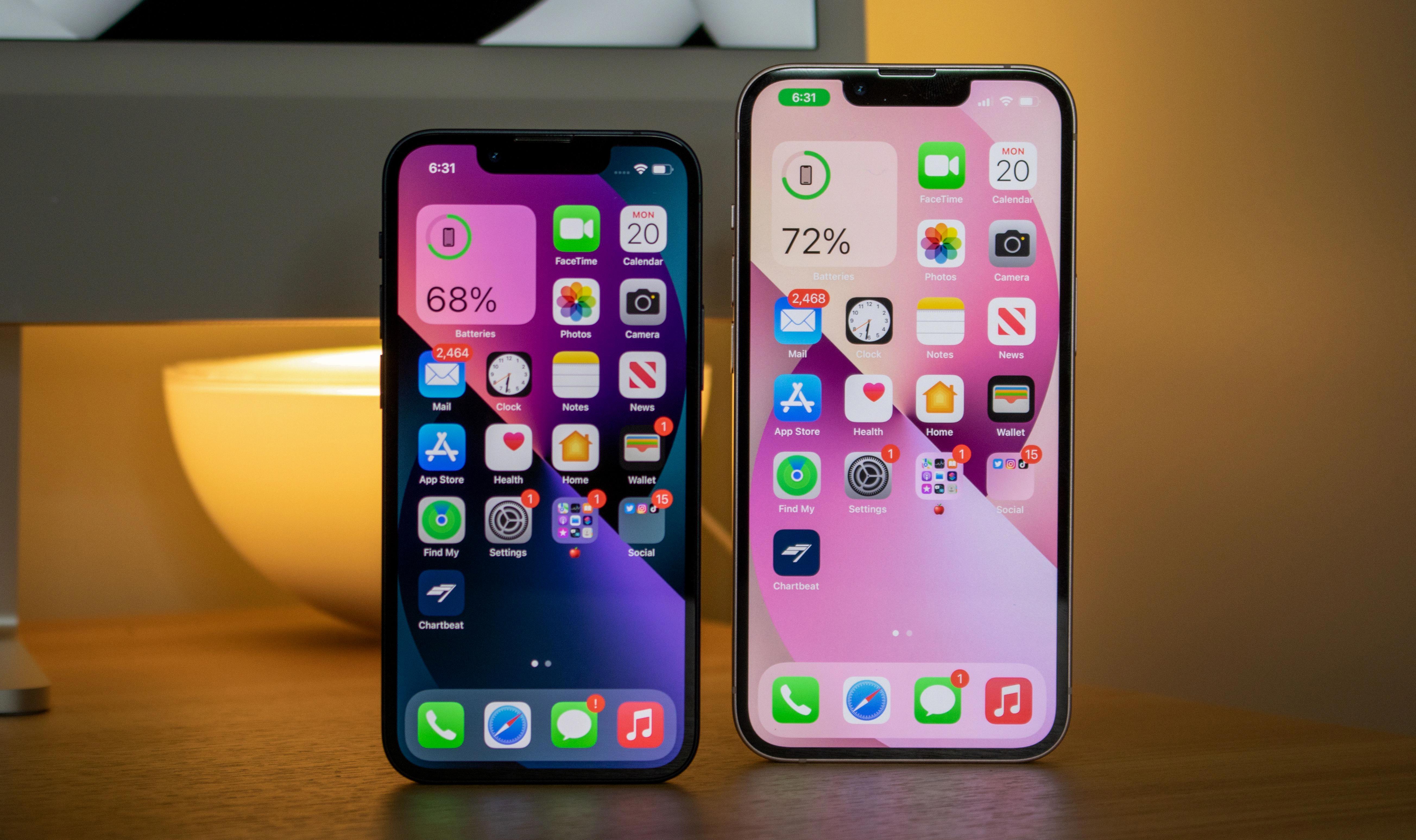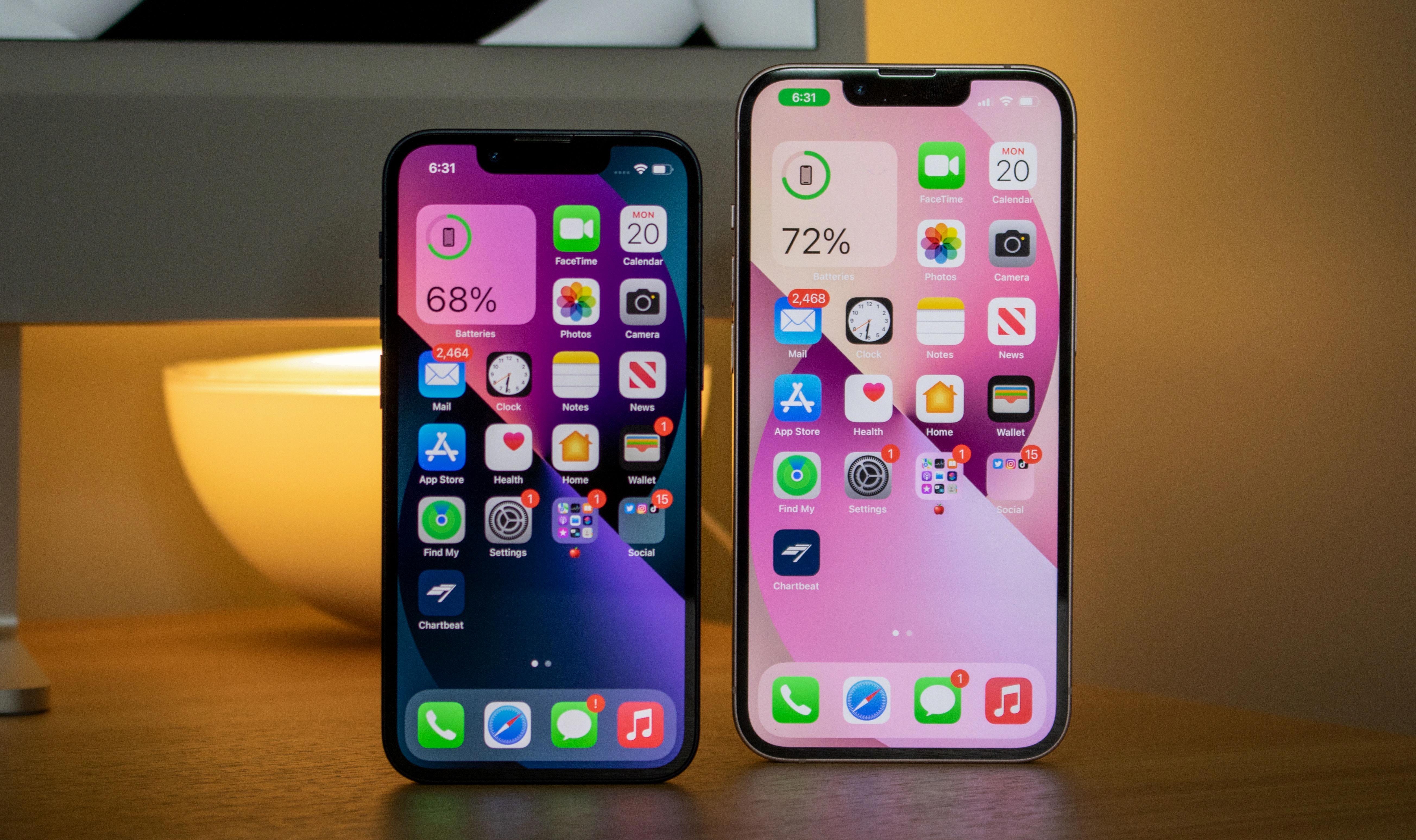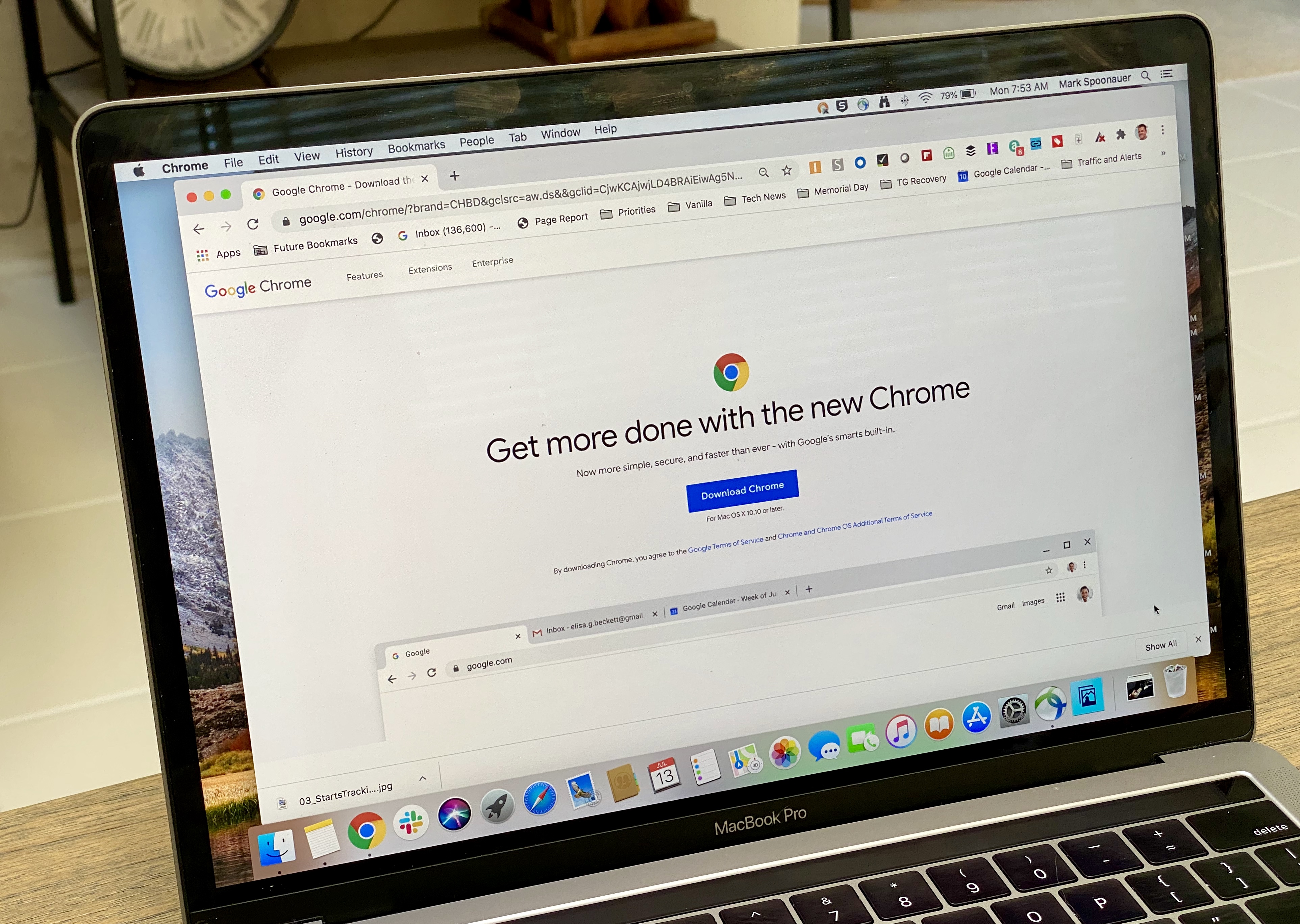
Adjusting Safari compatibility settings is crucial for ensuring that websites display as they were intended by their creators. Sometimes, a few of the sites may not load as expected or they might even appear to be broken as a result of website display problems, which can be frustrating for users.
These issues can be fixed by adjusting Safari settings so that browsing becomes problem free. This assists in preserving the website functionality since it offers a better feeling of interactivity with the content being assessed.
Accessing Safari Preferences
To open the Safari Preferences menu, start by first launching the Safari interface on a Mac computer. When Safari is launched, look for the word ‘Safari’ at the top left corner of the Mac’s screen in the menu bar.
Click on it and a pull-down list will be revealed. From this menu, click on the preferences. This is where you should be able to start adjusting your browser settings for better browsing experience.
The Preferences menu is divided into numerous tabs, for example, General, Privacy and Websites, where you can manage features like home page selection, security and how particular websites must operate.
It is important to be able to reach these options in order to be able to manage things like, pop-up blockers or adjusting compatibility settings for particular websites, to have a smooth performance.
Making changes in Safari Preferences menu is the first way toward enhancing your browser experience by adjusting browser settings in line with your preferred choices. For instance, if a site’s format is not properly displayed on the browser, compatibility settings can be adjusted to enable better performance.
Enabling the Develop Menu for Advanced Options
When you want to turn on the Develop menu in Safari and get access to advanced Safari options, go to the ‘Safari’ menu in the top left corner after opening the browser. From there select “Preferences.” You can also just type the keyboard option Command +, (comma symbol), to get to the Safari advanced settings.
Now that the Preferences window is loaded up, click on the “Advanced” tab. Scroll down to the bottom of this tab and tick a box labeled, “Show Develop menu in menu bar.”
If you select this box, the Develop menu will be accessible in the Safari’s menu bar. This bar provides a link to a number of developer tools, for instance, inspecting elements, viewing web page source code, as well as debugging JavaScript, among other features of Safari.
This feature is especially valuable for web developers and those who will prefer more control over how Safari interacts with websites. If it is not required any longer, you can easily turn it off by unchecking the box in Safari Advanced settings.
Emptying Caches to Resolve Compatibility Issues
To clear cache in your Safari, locate the “Develop” menu at the top of Safari’s window, then click “Empty Caches”. Such a measure can serve to remove previously stored website-related information which might interfere in one way or another with application performance.
Clearing Safari cache means that you update the browser’s stored information, thus ensuring that websites open without displaying old data that may interfere with their proper functioning.
It proves particularly effective in resolving browser problems, for example, slow loading times or a distorted website layout. When you have issues often with some sites, you can directly solve Safari website problems and enhance your browsing functionality by clearing cache.
Deleting Browsing History for Better Performance
Clearing Safari browsing data can significantly improve the general browser performance. To delete browsing history Safari, first, go to the “History” tab that is situated in the top corner of your screen. From there you should choose ‘Clear History.’
You can either select a particular time range and delete it, or clear all the data. This action assists in reducing problems likely caused by stored data that may affect how websites display.
Not only are you keeping things clean by clearing your browsing history frequently, but also improving Safari performance. You should establish the habit and best practice of deleting history on Safari periodically, especially if you experience slow page loading or display errors.
Adjusting Compatibility Mode in Internet Explorer for Safari Users
As a Safari user, there are times when you may need to access some websites that operate well in Internet Explorer. In such circumstances, it becomes necessary to tweak Safari Internet Explorer compatibility settings.
Many websites were developed with just Internet Explorer in mind, which makes this browser particularly relevant in terms of cross-browser accessibility. For this purpose, cross-browser compatibility settings will come in handy.
Safari doesn’t have a direct compatibility mode, but tools like Microsoft Edge allow users to emulate Internet Explorer within Safari. These compatibility mode adjustments will improve website access in such a way that older sites will work correctly, as well as provide users with a modern browsing experience.
Restarting Safari for Changes to Take Effect
After modifying your compatibility settings in Safari, there is a need to relaunch the Safari browser. Restarting Safari browser has the benefit of fully executing all the modifications and adjustments, ensuring they are reflected in how websites are displayed.
You allow the system to apply setting changes when you close and open the Safari browser again. Failure to perform this step means that some websites may not display correctly, or use the new settings.
Conclusion
Tinkering a bit with your Safari settings is pretty much the way to optimize Safari browser for top-notch browsing. Now and then, when website glitches pop up on Safari, they can be ironed out using the tips from this handy Safari troubleshooting guide.
So in other words, by making these tweaks here and there, you’ll find that websites display nicer and scrolling through pages gets easier. If fresh compatibility challenges appear later down the road, you can just look back at these same steps to keep everything running smoothly again.








